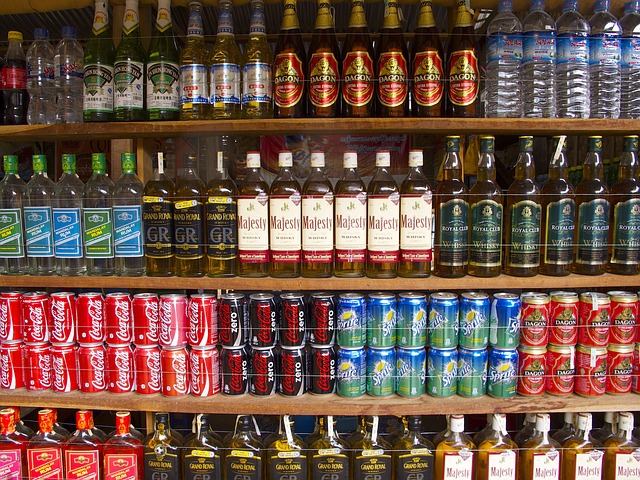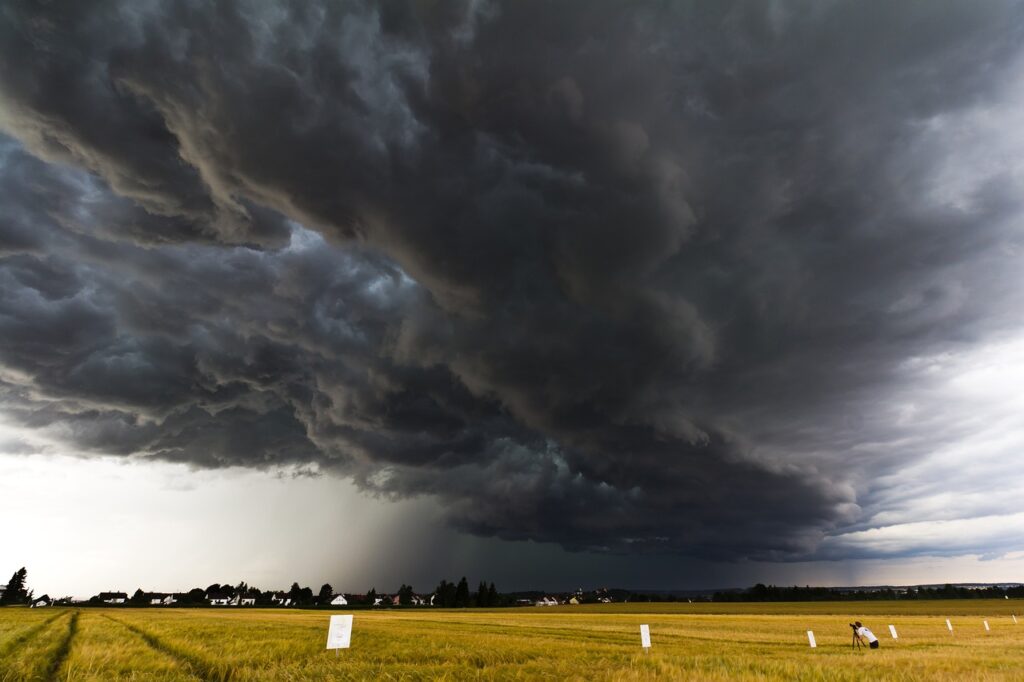A crucial aspect of prepping is having a well-organized storage system for your supplies, ensuring you can easily access what you need when an emergency strikes. This blog post will explore storage solutions for both food and non-food prepping essentials. As mentioned in the previous blog, organization is key.
- Clearly label all containers and totes with the contents and date. This saves time searching for specific items.
- Prioritize frequently used items. Store them at eye level or in easily accessible locations.
- Implement a first-in, first-out (FIFO) system for food storage. This ensures you consume older items first to maintain freshness.
- Utilize vertical space with shelves and stackable containers.
Container Selection:
- Mason Jars are excellent for storing dehydrated fruits, vegetables, herbs, and grains.
- Tip: FoodSaver Machines: Remember that FoodSaver you got for Christmas that’s in the back of your cabinet somewhere? Dig it out to extend the shelf life of opened packages for wet goods, and some models can vacuum seal those mason jars.
- For bulk food storage, BPA-free plastic buckets is an excellent long-term storage solution. While the 5-gallon buckets are the most common, I recommend the 3.5 gallon ones with the gamma seal lid, which is the kind of top that screws down. This will be less weight in case you have to move or travel with them, are airtight when closed correctly, and are meant for long-term storage. Add oxygen absorbers, and label both the top and the front-facing side.
- Prioritize long-lasting staples. Perfect bulk long-term storage foods are white rice, beans, sugar, and salt. Pasta like macaroni can work as well. Consider buying these in bulk from wholesale stores.
- Brown Rice is not good for long-term storage. While a valuable source of nutrients, brown rice only has a shelf life of six months due to the oils it contains.
- A controversial opinion among purpose is that anything you put in the food bucket should also go in a mylar bag. I’ve seen conflicting opinions of this over the years, but from my experience as long as you have thoroughly cleaned the buckets, let them dry completely, include oxygen absorbers, and keep that lid tight. You should not have any issues.
- Creative Storage: Utilize unconventional spaces like under the bed or behind doors for storage, as long as the area is cool and dry.
Canning is something I will address soon, and is a great technique to preserve fruits, vegetables, and meats for extended periods. Use for those items you’ve grown so you can enjoy them any time of year! If you’re not canning yet, but receive canned food as a gift, store them in a cool, dry place.
Dehydrating fruits, vegetables, and herbs is a space-saving way to preserve food and can be easily rehydrated for use in cooking. You’ll save money while creating healthy (and less messy) fruit snacks. These can also be stored in vacuum-sealed mason jars with oxygen absorbers. Generally, these should be consumed within 6 months.
Some additional considerations:
Your local weather. Adapt your storage solutions to your climate. For example, seek cool storage solutions if you live in a hot area. Keep your stored items off of the floor on shelving or skids if you keep them in an area that floods easily.
Personal Needs. Tailor your storage plan to your family’s dietary needs and preferences. Get what you like while you can, but balance your storage to ensure you include all of the food groups.
Your budget. As always, start small and decide what is a priority for you. Let that be your guide as you begin your stockpile. If you have made room for long-term storage, start with a 3-pack of 3.5-gallon buckets. Then, decide what staples you’d like to put in them, even if it’s just a 5-pound bag at a time. Start small, keep steady, and watch your stash grow!




Pingback: Winter Preparedness: How to Ready Your Home for the Chill
Pingback: Decluttering For Mental Health & Prepping: A Complete Guide